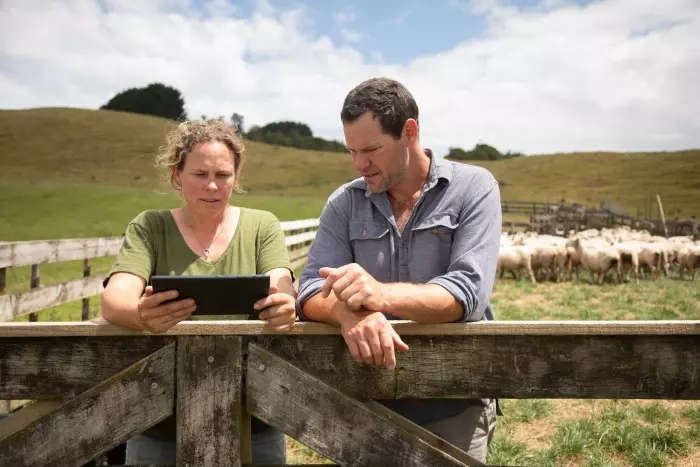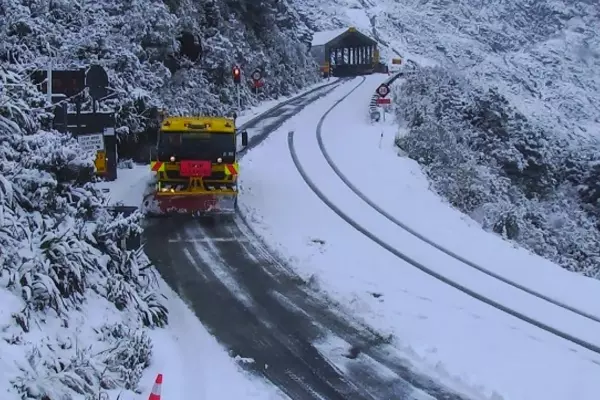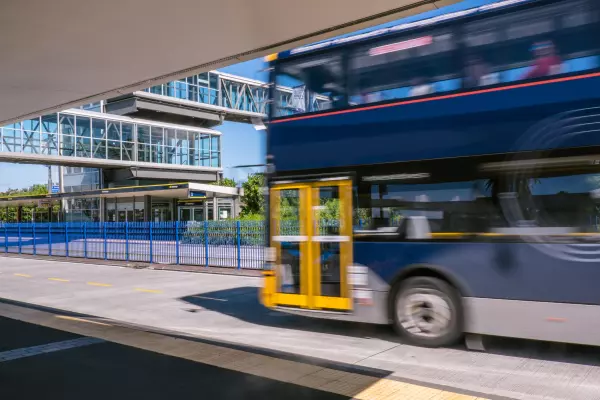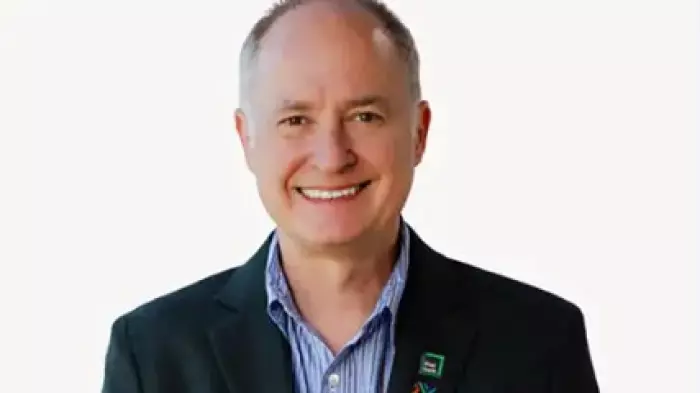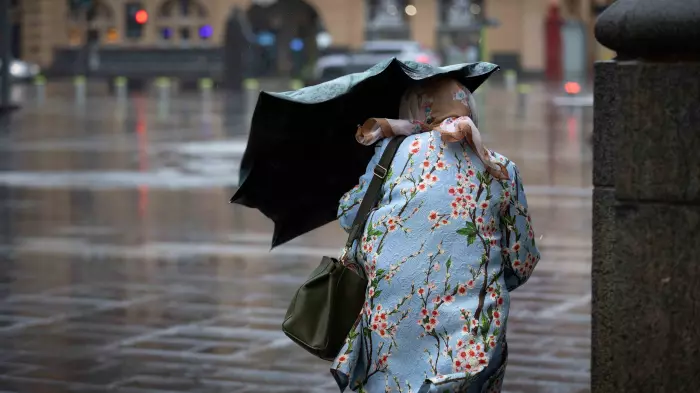SPONSORED New Zealand’s West Coast depended on two fibre cables for its entire telecommunications infrastructure until May of this year. That was when Chorus and its partners lit up a third fibre.
The move not only gave the region a more resilient connection to the outside world, it enabled and improved other network upgrades.
One of the original fibre lines ran along State Highway 6. The road and the cable twist and turn high above the water through the Buller Gorge as they wind from Nelson to Greymouth. The other route takes a cable from Christchurch to Greymouth through Arthur’s Pass.
Vulnerable to outages
This arrangement worked, but it left the West Coast communities south of Greymouth vulnerable to outages during wild weather.
All the routes into the West Coast cross the Southern Alps at one point or another. The mountain range lies along the active geological plate boundary known as the Pacific Ring of Fire. This potentially makes communications to the West Coast region vulnerable in the event of a major earthquake.
Adding a third route across the Southern Alps at a different point greatly reduces the risk of the West Coast being cut off.
The new fibre connection is at the southern end of the region. It runs a total of 250 kilometres, passing through Fox Glacier and the Haast township. From there it runs east over the Southern Alps to Lake Hawea and in doing so, provides a much-needed additional route to the rest of the world.
Chorus General Manager, Customer and Network Operations, Andrew Carroll says the new connection gives West Coasters a much-needed additional layer of protection. It also meant people living in small towns could get fibre broadband.
Uniquely Kiwi initiative
Carroll says: “Making fibre available to residents in Haast was a uniquely Kiwi initiative; it sees residents in one of the remotest towns in New Zealand having access to one of the fastest broadband technologies available.”
There’s another benefit. The new West Coast fibre meant the Rural Connectivity Group (RCG) could build 16 mobile cell sites in the region with robust fibre backhaul.
The RCG had started working on its West Coast sites before the new fibre was announced. At that time the RCG was looking at giving its remote towers line-of-sight radio backhaul connections.
Before the new fibre was installed, the existing fibre in this part of the West Coast was running at capacity.
The 16 extra RCG towers, added to the 26 RCG sites already operating on the West Coast, bring connectivity to thousands of residents and visitors.
They offer 4G wireless broadband and mobile services to settlements and add phone coverage for 130km of state highway and 14 tourist spots.
Engineering challenges
Adding towers to the West Coast came with considerable engineering and logistics challenges. It is mountainous, often remote country; there are difficult geological conditions and it is very wet.
Engineers had to contend with flood plains and heavy snowfalls. Access to mains power is often difficult and the coast has less sunshine for solar power than elsewhere.
Crown Infrastructure Partners financed the fibre project with money coming from the Provincial Growth Fund.
The construction work was handled by Ventia and Electronet; two Chorus subcontractors and the Rural Connectivity Group played a significant role beyond installing towers.
RCG consulted with Chorus, DOC, Iwi, the Milford Road Alliance and West Coast councils on its wireless network build.
RCG chief executive John Proctor says the West Coast project is significant for the number of sites being built and in the most rugged terrain.
“Our collaboration with CIP and Chorus is key to the success of connecting 16 RCG sites to this critical fibre backbone.
"Our teams are bringing modern services to remote places visited by thousands of visitors each year and where locals depend on agricultural and tourism industries, and they want to provide the best experience possible.
“The network is key to providing the connectivity that will enhance people’s everyday lives on the West Coast, help keep visitors safe on the roads and wilderness spots and assist DOC in keeping the National Parks great places to visit.
"Across the Buller, Grey and Westland District Council areas, the RCG will build 48 brand new cell sites bringing life-changing services to the locals.”


